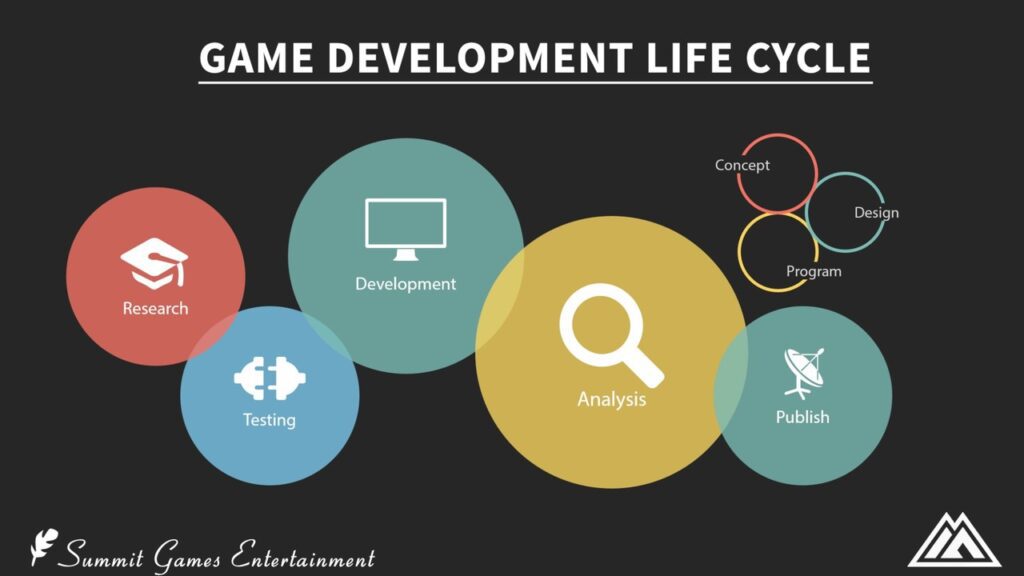The game development process involves multiple stages which include planning, design, development, testing, and deployment. Unity, a popular game development engine, is used to create games. During the planning stage, the concept is developed, whereas in the design stage, the development team creates a complete game design document. In the development stage, the game is built by integrating various assets into the game. Testing the game for its functionality and graphics is an essential process. Finally, a game is released to the public as a digital download or as a physical copy after the deployment stage. Unity allows developers to deploy their games to multiple platforms like PC, mobile devices, and consoles.
From Concept to Console: Understanding the Game Development Process Using Unity
Introduction
Have you ever wondered how your favorite video games are made? The process of game development can seem like a mystery to many people. However, the truth is that game development is a complex process that involves a lot of steps and specialists.
In this article, we will explore the game development process using Unity, one of the most popular game development engines in use today. We will explain how a game is made, from the initial concept to the final console release.
The Planning Stage
The first step in creating a video game is to come up with an idea or concept. This can be as simple as a basic gameplay mechanic or as complex as an entire world with its own backstory and characters.
Once the concept is developed, the planning stage begins. During this stage, the development team decides on the game’s scope, features, and overall design. They also create a technical plan, which determines what tools and technology will be used to develop the game.
The Design Stage
The design stage is where the initial concept is fleshed out and turned into a complete game design document. This document contains detailed descriptions of the game’s mechanics, characters, environments, story, and other features.
In Unity, the design stage often involves creating 2D or 3D concept art and using it to create a visual representation of the game’s environments and characters. This allows the development team to get a clear idea of what the final game will look like.
The Development Stage
During the development stage, the actual game is built. This involves writing code, creating 2D and 3D assets, and integrating various assets into the game.
In Unity, game development often involves using the Unity Editor, a visual development tool that allows developers to create and edit game scenes, UI elements, and other game assets.
The Testing Stage
Once the game is built, it must be thoroughly tested to ensure that it works as intended. This involves testing the game’s mechanics, graphics, sound, and overall functionality.
In Unity, developers often use playtesting to test the game. Playtesting involves having a group of people play the game and provide feedback on its various features.
The Deployment Stage
The final stage of game development is deployment. This is where the game is released to the public, either as a digital download or as a physical copy.
In Unity, developers can deploy their games to a variety of platforms, including PC, mobile devices, and various consoles.
Conclusion
The game development process can seem intimidating at first, but by breaking it down into each individual stage and understanding how each of those stages contributes to the final game, it becomes much easier to understand.
By using tools like Unity, game developers are able to create amazing games that entertain and captivate players all over the world. The next time you play your favorite video game, take a moment to appreciate the hard work and dedication that went into its creation.
